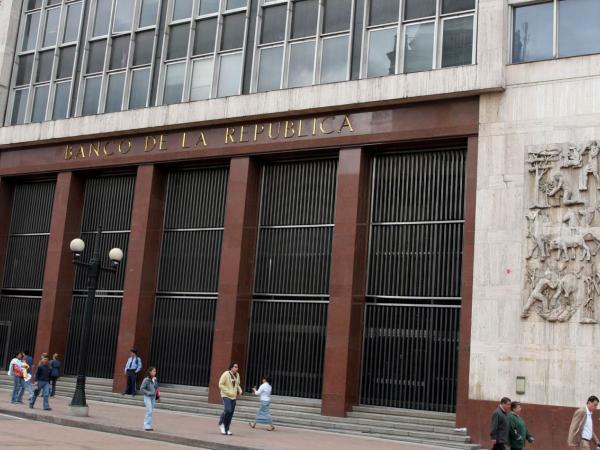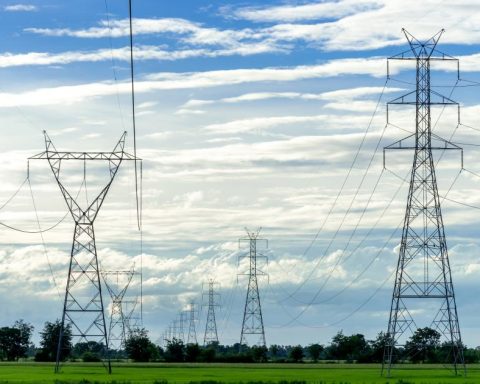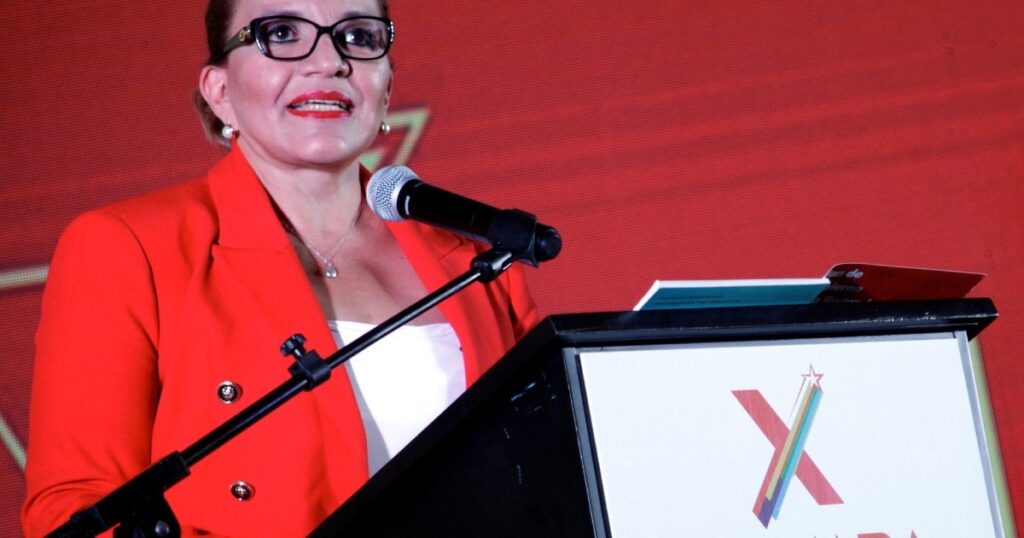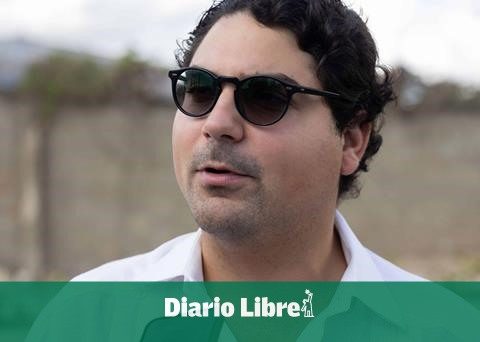Colombia’s rapid recovery from the pandemic, and rising inflation, could mean that the Central Bank may have to raising interest rates to a level that moderates the pace of growth, according to a board member. The economy will return to operating at full capacity in the middle of this year, well before the original forecasts of the Bank of the Republic, said the co-director, Mauricio Villamizar.
(Read: Treasury reduced the fiscal deficit projection to 6.2%).
Under these circumstances, the “favorite path”will gradually raise interest rates until reaching a neutral level that neither stimulates nor cools the economyVillamizar said. One path could be to increase the rate “towards neutral, so that we would be reducing the dovish stance, but without falling into contractionary territory.”
Villamizar this Thursday, in a video interview. “We cannot rule out going over neutral and into contraction territory.” Since September, Villamizar and his colleagues on the board of directors have raised the key interest rate by 2.25 percentage points to 4% in an attempt to control rising consumer prices.
Inflation could peak between 6% and 7% in the first quarter and then start to slow, he said. Consumer prices have soared above the goal in Latin Americaas well as in rich countries, as demand rises before supply chains fully recover from the pandemic, causing companies to pass on higher global commodity prices to their customers.
(Read: Inflation for January 2022, the highest in 23 years).
Villamizar estimates that more than half of Colombia’s inflation is caused by supply factors, while demand pressures represent less than a third of the total. Tax changes and so-called base effects also had an effect. The bank estimates that the neutral interest rate this year is 1.8% above inflation.
Based on current inflation projections, this means the bank would have to raise the monetary policy rate by 2.3 percentage points to bring it to a neutral level, Villamizar said.
UPWARD RISKS
There are currently more upside risks to inflation than downside risks to growth, one reason the board raised rates a full percentage point last week, Villamizar said.
Even if headline inflation begins to decline, it is likely that core inflationwhich aims to follow underlying trends by stripping out more volatile prices, keep accelerating, he said.
“For this year we expect a significant drop in the prices of food and articles with regulated prices, but we also expect an increase in the basic price. So our hikes largely anticipate that. In addition to the fact that there are benefits in advancing the cycle of the monetary policya,” he said. Inflation closed last year at 5.6%, the fastest pace in five years and above the bank’s median target of 3%.
(Read: 2022, a year of high pressure for the price of the dollar).
OVERCOMING OTHER REGIONS
The economy is expected to grow 10% last year, its fastest pace in over a century, as the restrictions derived from the covid-19 pandemic were relaxed. Production exceeded pre-pandemic levels in the third quarter, according to Villamizar.
This year, the economy will expand by 4%, faster than Brazil, Mexico, Peru and Chile, according to analysts surveyed by Bloomberg. Although Colombia outperforms its regional peers, its bonds post some of the worst returns in emerging markets ahead of this year’s elections. Gustavo Petro, the favorite in the polls before the presidential election in May, he promised to stop oil exploration and transition to a new economic model that does not depend on fossil fuels. that has created confusion among investors especially since oil and coal are the country’s largest exports.
the market is “Discounting many of the worst case scenarios and a significant part has to do with the presidential electionss,” Villamizar said. “When risks diminish or materialize in non-worst-case scenarios, then we will definitely see a reversal in many of the indicators.”
BLOOMBERG

















